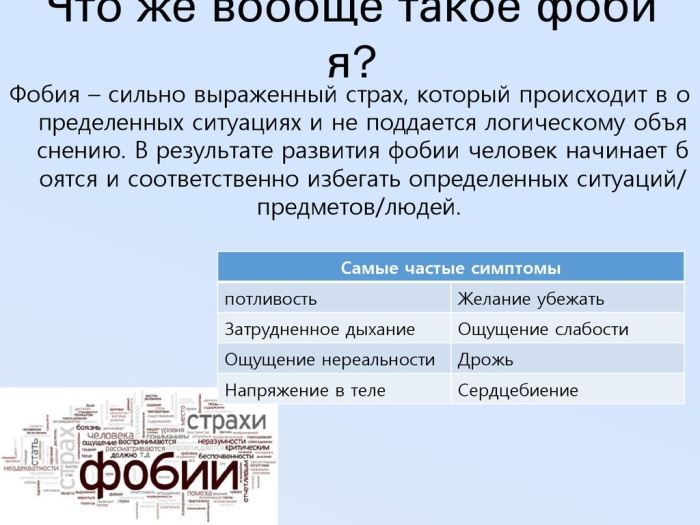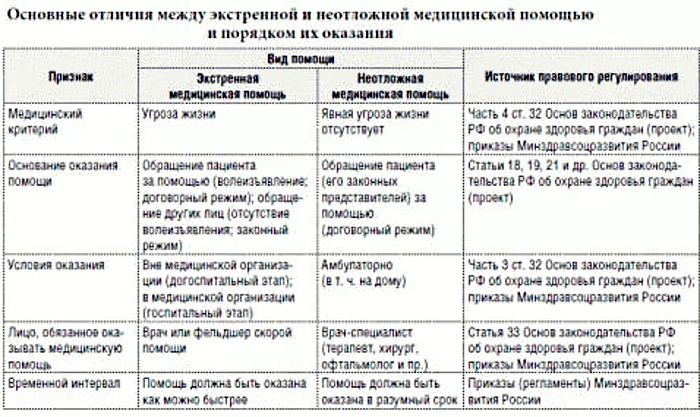Content
- Views
- ARI
- Adenoviral epidemic keratoconjunctivitis
- Pharyngoconjunctival fever
- Adenovirus pneumonia
- Hemorrhagic cystitis
- Adenoviral gastroenteritis
- Stages and degrees
- Symptoms and Signs
- Causes
- Diagnostics
- Treatment methods
- Local therapy
- Hyperthermia
- Cough
- Sore throat
- Conjunctivitis
- Possible consequences and complications
- Video about adenoviruses
Under adenovirus infection means an acute inflammatory process, which is accompanied by damage to the optic organ, respiratory tract, lymphoid tissue, gastrointestinal tract. Symptoms of adenovirus in adults include: moderate intoxication of the body, cough, hoarseness voices, profuse serous discharge from the nasal cavity, eyes, swelling and redness of the conjunctiva, fever.
Views
Adenovirus in adults (symptoms are described below) is divided into 62 species, which are divided into 7 main subspecies, denoted by Latin letters from A to G. Their main feature is the pathogenic effect on the mucous membranes in the human body.
Depending on the specific pathogen, the inflammatory process can take various forms:
| Disease form | Virus subspecies name |
| Manifest (explicit) | B and E |
| Latent (hidden) | C |
| Intestinal | F |
| Conjunctivitis | B |
| Diseases of the urinary system and liver | B2 |
ARI
It manifests itself as acute rhinitis, which does not go away for up to 2 weeks. In this case, abundant serous discharge occurs, acquiring a mucopurulent character. After 2 - 3 days, signs of tonsillitis may develop, less often - pharyngitis, which are accompanied by pain when swallowing, a burning sensation and sore throat.
Additionally, plaque formation on hyperplastic follicles located in the region of the posterior wall of the oropharynx is possible. The patient goes to the doctor with complaints of headache, general weakening of the body. In most cases, conjunctivitis occurs, which manifests itself in the form of lacrimation, narrowing of the palpebral fissure, redness of the conjunctiva.
If the lower respiratory tract is involved in the infectious and inflammatory process, then laryngitis, bronchitis, tracheitis may develop. As well as rhinopharyngotonsillitis, which occurs in a mild or moderate form. With the involvement of lymphoid tissue lesions, a painless enlargement of the submandibular, cervical lymph nodes is observed.
Adenoviral epidemic keratoconjunctivitis
At the initial stage of the development of the disease, there is a headache, a runny nose, body temperature rises to subfebrile indicators, the tonsils, mucous membrane and lymphoid tissue of the pharynx become inflamed. After 5 to 8 days, symptoms of conjunctivitis appear.
In this case, most often damage to both eyes occurs, accompanied by redness, pain, itching, photophobia, tearing, burning sensation in the visual organ. Signs of intoxication are weak or absent, there is an increase in the size of the parotid lymph nodes.
After the symptoms of conjunctivitis disappear, keratitis (inflammation of the cornea) may develop, which can cause scars on the cornea and reduce visual acuity. The duration of this disease can reach 1 to 3 months.
Pharyngoconjunctival fever
This condition is characterized by an acute onset: body temperature rises to 37 - 38 ° C, headache, weakness occurs, appetite decreases, lymph nodes increase.
Perhaps the development of symptoms of rhinitis, conjunctivitis, pharyngitis in the form of:
- nasal congestion;
- sore throat;
- body aches;
- swelling of the conjunctiva.
Symptoms can appear simultaneously or sequentially for 3 to 5 days.
A characteristic sign of adenovirus infection is conjunctivitis, which occurs already in the first days of the disease. More often there is a catarrhal appearance, less often - membranous or follicular.
Also, the patient complains of a feeling of severe cramps, "sand" in the eyes, redness of the eyelids and surrounding tissues. There is a narrowing of the palpebral fissure, redness of the conjunctiva, serous discharge appears, rarely - membranous plaque. One or both eyes may be affected. After recovery, asthenia (weakness) is observed for a long time.
Adenovirus pneumonia
In adults, it is relatively rare, manifests itself with conjunctivitis, cough with sputum discharge, severe symptoms of intoxication - increased body temperature, weakness, muscle pain.
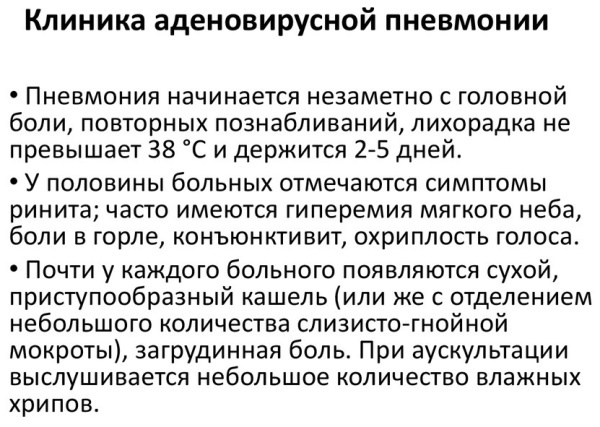
The risk of a secondary infection increases, so the doctor prescribes antibiotics.
Hemorrhagic cystitis
It is characterized by a sudden onset: the urge to urinate becomes more frequent, painful sensations occur during the emptying of the bladder. After 1 - 1.5 weeks, microhematuria may develop (reddening of the urine due to the ingress of blood). The disease lasts about 15 days.
Adenoviral gastroenteritis
Has an acute onset: there is a feeling of nausea followed by vomiting, flatulence, diarrheal syndrome, paroxysmal pain in the peritoneal region, weakness. There is an increase in body temperature up to 39 °, dehydration of the body occurs. The pathological process is complicated by damage to the respiratory tract and conjunctivitis. The duration of the disease is 1 to 4 days.
Stages and degrees
The main clinical syndromes, the form of which adenovirus infection can take:
- postnasal drip;
- kerato- and conjunctivitis;
- rhinopharyngitis and rhinopharyngotonsillitis;
- mesenteric lymphadenitis;
- laryngotracheobronchitis.
According to the severity of the pathological process in the body, a mild, moderate and severe form is distinguished. At an early stage of the development of adenovirus infection, an increase in body temperature to 38.5 ° often occurs, moderate painful symptoms appear.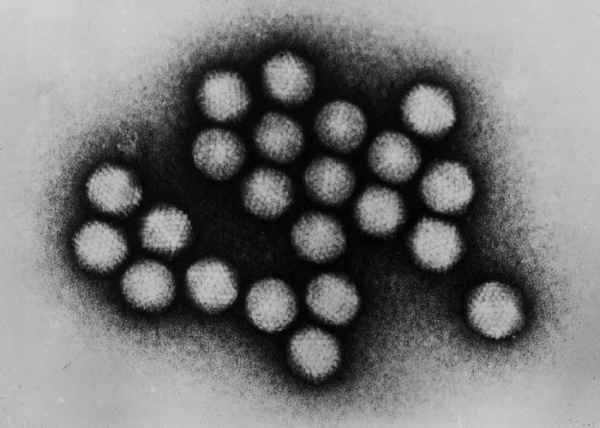
The moderate form is characterized by persistent hyperthermia, while body temperature can reach 40 °, there are no pronounced symptoms of serious intoxication. Due to improperly selected therapy, the disease can progress, causing pneumonia, keratoconjunctivitis, and respiratory failure.
Severe forms of adenovirus infection are extremely rare. These include: damage to parenchymal organs, meningoencephalitis, sinusitis, bacterial pneumonia, otitis media, severe respiratory failure. Complications can occur on the 3rd - 5th day of the disease, which is associated with the addition of a secondary infection.
Symptoms and Signs
Symptoms of adenovirus in adults begin to manifest with hyperthermia of the body, which develops against the background of inflammation of the upper respiratory tract. As a result, nasal congestion, sore throat, difficulty breathing, profuse serous discharge from the nasal cavity, which after a while acquire a mucopurulent character, occurs.
After 2 - 3 days, body temperature rises to 38 - 39 °, while appetite worsens, appears:
- severe weakness;
- headache of moderate intensity;
- aching muscles and joints.
- the back of the pharynx swells, becomes red;
- mucus is secreted;
- a whitish coating may form on the follicles.
Bronchitis is a common complication of adenovirus infection, so a dry cough can occur from the first days of the disease. After 3 - 4 days, it becomes productive (with mucus separation).
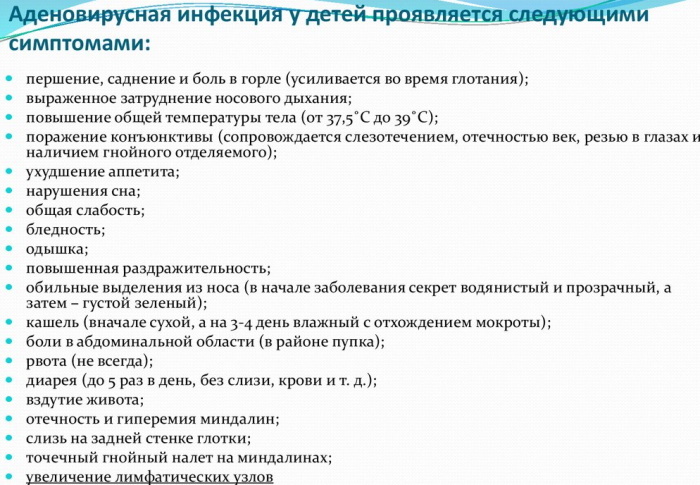
It is also possible that:
- perspiration;
- sore throat;
- lacrimation;
- sensations of "sand", pain in the eyes;
- swollen lymph nodes;
- swelling of the tonsils;
- a slight plaque on them (purulent in nature).
During the course of the inflammatory process in the body, the patient complains about:
- restless sleep / insomnia;
- blanching of the skin;
- weakness;
- apathy.
There may be pain in the navel, frequent loose stools, and vomiting. Less commonly, there is an increase in the spleen and liver.
Causes
Adenovirus in adults (the symptoms are described above) is able to enter the body with airborne droplets by: the pathogenic pathogen is secreted with the patient's sputum when sneezing and coughing (up to the 25th day diseases). To avoid contamination, you must adhere to the rules of personal hygiene and daily wet cleaning the rooms.
Adenoviruses are highly sensitive to ultraviolet radiation, t ° above 50 ° and disinfectants containing chlorine. There is also an alimentary (oral-fecal) transmission mechanism, which is called "dirty hands disease." In some cases, infection occurs through contaminated objects in the external environment.
The incubation period is 2-10 days, but most often it lasts about 6 days. The provoking factor can be hypothermia of the body, abuse of excessively chilled drinks.
Diagnostics
To determine the diagnosis, first of all, the doctor collects anamnesis, asks the patient for complaints and possible contact with infected people. An examination is also carried out, during which the therapist detects signs of adenovirus infection and assesses the condition of the upper respiratory tract. After that, the patient is sent to undergo laboratory tests that will help determine the clinical form and severity of the disease.
These include:
- Blood chemistry. The presence of infection is confirmed by a change in the amount and composition of fibrinogen, sialic acid, as well as a positive test for C-reactive protein.
- Complete blood count (CBC). Adenovirus manifests itself as a deviation from the norms in erythrocytes and leukocytes.
- Polymerase chain reaction (PCR diagnostics). Allows you to determine the subtype, shape and degree of activity of the virus, due to the identified changes in the genetic chain.
- Immunoenzyme analysis (ELISA). Helps to identify the presence of antigen to adenovirus infection.
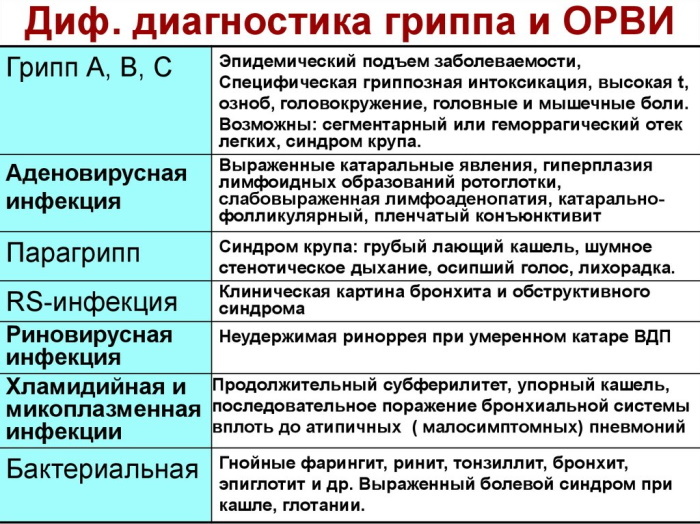
The latter research method is distinguished by the promptness of obtaining the result (within 1 hour), the accuracy is 60% -80%. Therefore, an integrated approach is required to make an accurate diagnosis. If pneumonia is suspected, a chest x-ray may be needed. Examination of sputum allows you to determine not only the causative agent of the disease, but also its sensitivity to medications.
Treatment methods
Adenovirus in adults, the symptoms of which are varied, should be treated on an outpatient basis, hospitalization of the patient is necessary only in case of severe course or development of complications. For the period of increased body temperature (more than 38 °), bed rest is shown, a special diet is not required, but the amount of fluid consumed must be increased.
With mild and moderate disease, symptomatic and pathogenetic treatment is necessary, including the use of adaptogens, multivitamins, local vasoconstrictor and antihistamines funds.
Local therapy
First of all, the doctor prescribes rinsing the throat and rinsing the nasal cavity 3 to 5 times a day using a syringe or syringe.
A solution of sea water is suitable for this, for example:
- Salin;
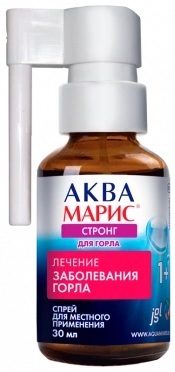
- Quicks;
- Aqua Maris;
- Morenazal;
- Humer;
- Aqualor;
- Physiomer.
The healing liquid can be prepared independently at home: in 1 tbsp. slightly warmed water dissolve 1 tbsp. l. sea salt and filter the solution. You can also use table salt, baking soda and 1 - 3 drops of iodine.
You can rinse your throat with Furacilin and decoctions:
- chamomile;
- calendula;
- sage;
- St. John's wort;
- eucalyptus leaves.
Saline solutions help cleanse the nasal cavity from excessively produced mucus, remove pathogenic microflora. To eliminate congestion or profuse serous discharge, it is necessary to instill in the nose (after rinsing) vasoconstrictor drops, for example:
- Xymelin;
- Knoxprey;
- Sanorin;
- Nazivin;
- Galazolin;
- Nazarel.
The duration of such treatment is no more than 5 days.
Also shown are inhalations with preparations with eucalyptus oil, peppermint or tea tree in the composition and physiotherapy procedures:
- ultraviolet irradiation (UFO) on the tonsil area;
- laser irradiation;
- Microwave;
- UHF lymph nodes.
Hyperthermia
With increased body temperature (more than 38.5 °), it is necessary to take Paracetamol (0.2 - 0.4 g 2 - 3 times a day), taking Aspirin (acetylsalicylic acid) is not recommended. You can also use the popular method of reducing t ° - applying a cold compress to the inner thighs, neck area, arms.
To do this, soak a piece of gauze or a clean cloth in cool water, to which you can add a little vinegar. The use of antipyretic medications without the consent of the attending physician should not exceed 3 days.
Cough
Depending on the type of cough (productive or unproductive), which is distinguished by the presence / discharge of sputum and its absence, drugs with an antitussive or expectorant effect are prescribed, thinning slime. With a dry cough (unproductive), Codelac Broncho / Glauvent is indicated (1 tab. 3 times a day) or Herbion syrup (10 ml 3 - 5 times a day). If the cough is wet (productive), it is necessary to use medications such as: Mukaltin or Stopussin (1 tab. three times a day).
Sore throat
In most cases, similar symptoms occur against the background of the development of pharyngitis. Treatment consists in the use of drugs with anesthetic, antibacterial, anti-inflammatory effect (3 - 5 tab. per day).
These drugs include:
- Faringosept;
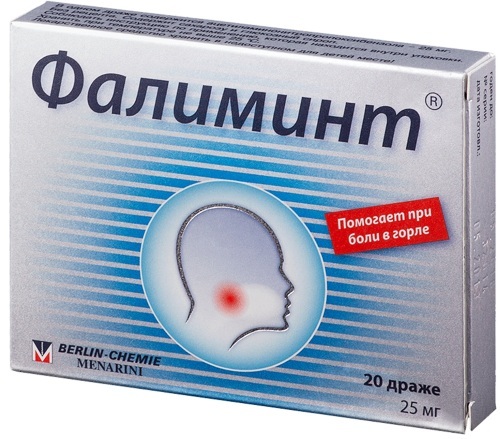
- Hexalysis;
- Hexoral Tubs;
- Strepsils;
- Decatilene;
- Falimint.
You can also rinse your throat with infusion:
- St. John's wort;
- oak bark;
- propolis;
- calendula;
- chamomile.
Conjunctivitis
With the development of conjunctivitis, eye drops Oftan Idu or Acyclovir (3%) are shown in the form of an ointment for the eyes, as well as Poludan, Interferon. To relieve puffiness of the visual organ, it is recommended to use anti-allergic drugs - Zyrtek and Fenistil (1 tab. 1 per day).
Also, to alleviate the condition, you can use drops of deoxyribonuclease (1 drop in each eye up to 8 times a day). After 1 week of use, it is recommended to reduce the number of instillations up to 3 times.
In case of severe damage to the organ of vision, tetracycline ointment should be laid for the eyelids (2 - 3 times a day). It is recommended to pre-treat the eyes with infusion of sage, chamomile or chlorhexidine. To do this, moisten a cotton pad in liquid and gently wipe them, removing purulent and mucous discharge.
Of the antiviral drugs, the doctor may prescribe Arbidol (2 tab. 3 times a day), Acyclovir (0.2 g 5 times a day), Alpizarin (0.1 - 0.3 g 4 times a day) and oxolinic ointment (0.25%) intranasally.
The duration of therapy is 14 - 21 days, depending on the severity of the disease and associated symptoms. For the prevention of secondary infections, it is possible to use antibiotics. To avoid transmission of adenovirus to other family members, the patient should be isolated in a separate room and hands should be washed well with soapy water after contact with it.
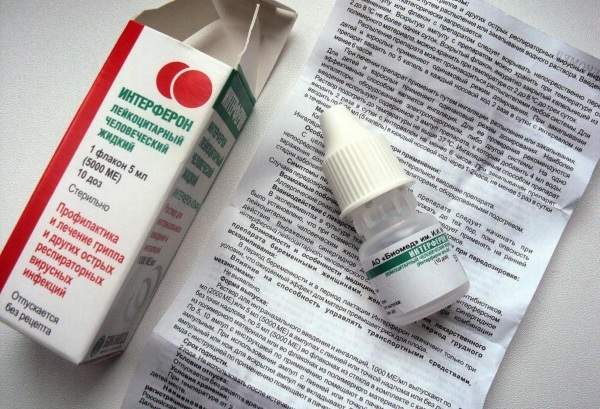
In case of a severe course of the infectious process, the doctor may additionally prescribe leukocyte interferon human dry (25 ml in each nasal passage 2 times a day), Leukinferon dry for injection (100 thous. ME), Interlock for the treatment of complications of conjunctivitis (1 drop in each eye 10 times a day).
Possible consequences and complications
Adenovirus in adults (symptoms may appear on the 2nd day after infection) must be treated promptly.
In the absence of proper therapy and weakening of immunity, complications may arise, in the form of:
- exacerbation of chronic tonsillitis;
- pneumonia;
- otitis media and sinusitis of a purulent nature;
- encephalitis;
- transition of acute conjunctivitis into a chronic form;
- false croup;
- dry eye syndrome;
- keratitis;
- intestinal disorders;
- kidney damage.
The development of such conditions is explained by the addition of a secondary infection.
Adenovirus in adults is easier than in children. However, do not self-medicate. If painful symptoms occur, it is necessary to consult a doctor to establish an accurate diagnosis and prescribe appropriate treatment. Absence or untimely therapy can lead to a complicated course of the disease.
Video about adenoviruses
Adenoviruses:

